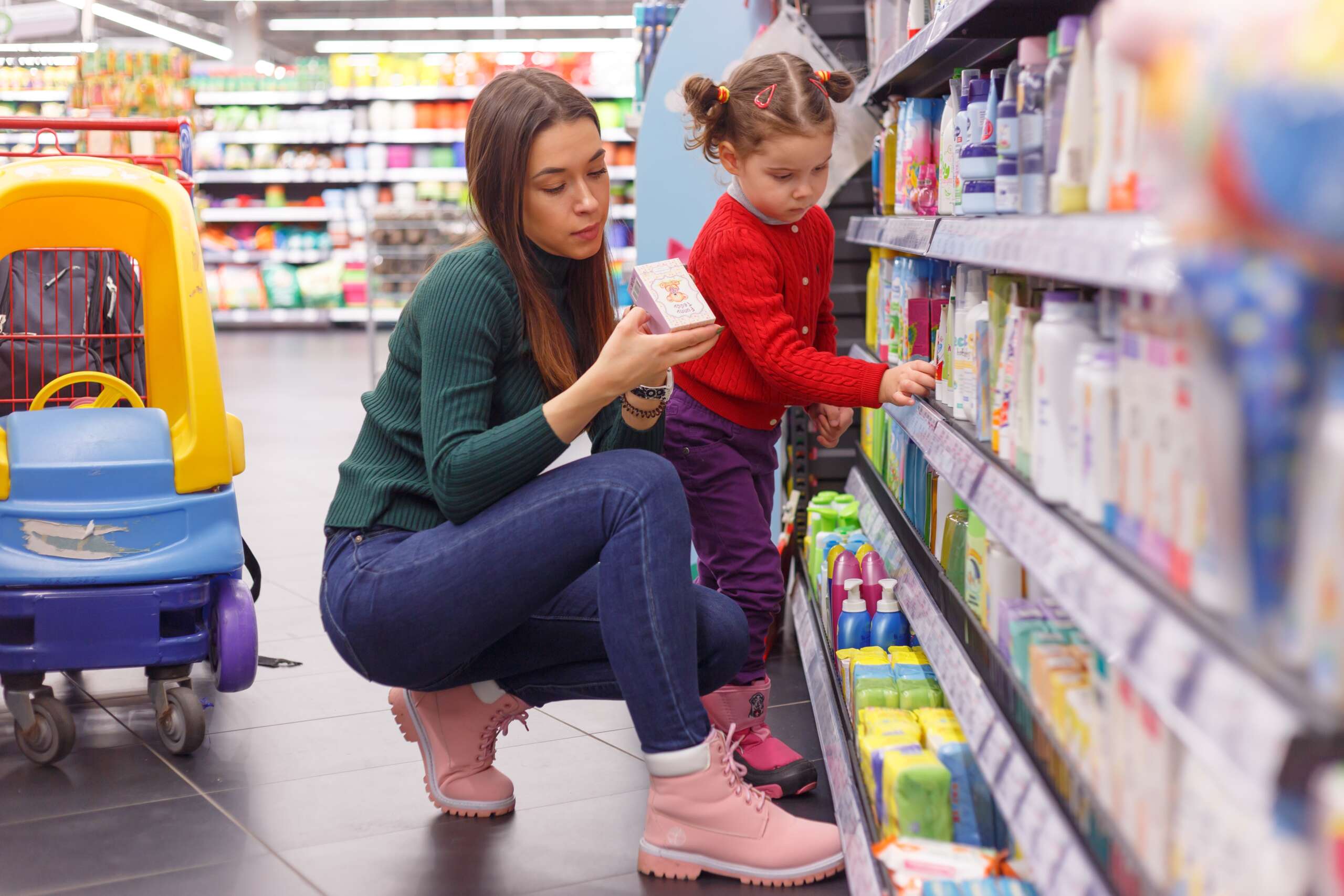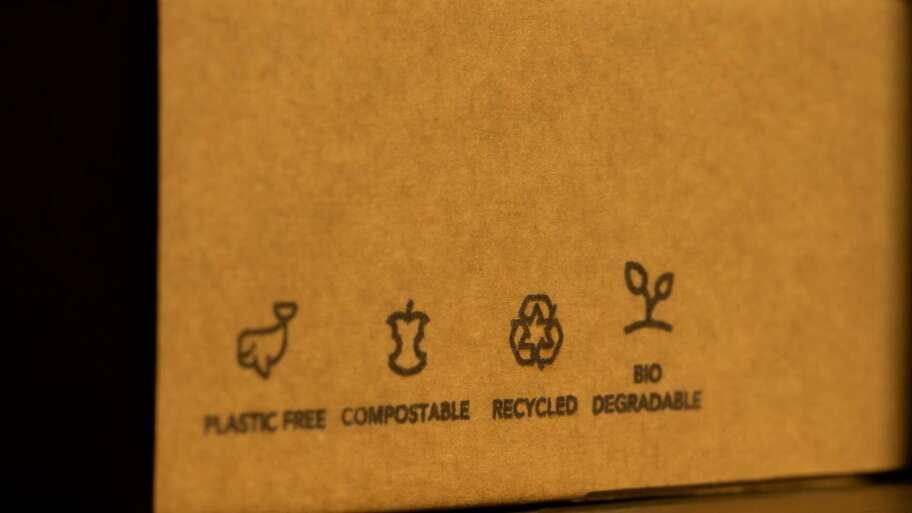It’s easy to get completely bamboozled by choice these days. As you browse the internet, or supermarket aisle, there’s an overwhelming display of possibilities. The number of products or services available can often leave the consumer scratching their head and opting for the most obvious product or service that speaks to their immediate need, keeping a person in their usual consumption pattern (which regrettably is often wasteful).
Factors considered generally range between price, quality, value for money, and for those that are more environmentally conscious, the environmental footprint of the product, service, or business. These considerations aren’t usually exclusive, and it’s important to consider how to positively influence consumer behaviour where environmental credentials aren’t necessarily the first, second, or third consideration. Speaking to the converted can be a powerful validator of the work that you’re doing though, and while more challenging, engaging the curious or more sceptical consumer will be the lightning rod in bringing more and more people into the pattern of mindful consumption, supporting consumers to make greener choices. A growing collection of research through consumer surveys are validating what is a swelling Mexican wave of mindful consumption activity with 88% of consumers wanting brands to help them to be more sustainable, and 9 out of 10 consumers saying they will continue to pursue ethical, more sustainable and environmentally friendly purchases beyond the pandemic. The opportunity is there to be part of this by communicating the work that you’re doing.
The backdrop.
The climate crisis is the single biggest global challenge facing this and future generations, and businesses have an incredibly critical role in supporting climate action and sustainability. Defined as meeting current needs without compromising the ability of future generations to meet their own needs, sustainability takes account of natural resources, social equity, and economic development. What’s good to know is that while sustainability can often be seen as a hurdle for businesses, or an extra consideration, it’s also good for business. And while requiring introspection and a revision of strategy, processes, and overall operations, embedding sustainability throughout and having targeted actions and measurements, is a necessity for ensuring the long-term resilience of the business and can be a surprising opportunity, and cost saver too.
Communicating.
As you start actioning your target-based sustainability strategy, communicating your path, successes and challenges is a powerful statement and an acknowledgment of your leadership role, and the influence business has on the bigger picture. Whatever your product or service, your sustainability messaging must be based on fact. If your message is vague, inaccurate, or overpromising and followed by actions that aren’t aligned ambition-wise and which consequently underdeliver, there is an uphill battle to climb back to the starting point and start afresh. Telling the business story with honesty, openness and transparency is key and will serve you as a strong foundation. While a system-wide rethink of how we produce is fundamental at a global level, as a business starting on your path, you can also consider how to engage consumers in the actions, changes, and innovations being adopted.
Communicating the steps being taken by a business ‘walking the walk’, while linking the ways to make the green action the one that has the best value, quality, is the most accessible and most obvious choice will support consumers to green their choices, supporting the consumer appetite for more information and supporting their sustainability ambitions.
Altering consumption patterns.
Talking sustainability will speak to the converted, but what about the curious middle or sceptics. It’s important to recognise that being green, while a crucial factor to a growing cohort, is not the only factor, and the curious and sceptics will be engaged in the information that answers the function, quality, and price questions. To engage and nurture this cohort, to support a conversion in the usual patterns of consumption behaviour, offering the authentic narrative that supports value for money, informs on product function, quality, benefit, and the product or service and businesses environmental credentials is key. Weaving these aspects together to create a compelling value proposition is the critical ‘x’ that marks the spot. If the product is bad, too expensive, or if its benefits are unclear, people will likely buy what they’re familiar with and use it in the usual way.
Is this something I can use, or am I purchasing so I can feel good about myself?
Innovative models of consumption can take many shapes and forms. Buying new and discarding, though the most familiar way these days, wasn’t always the way. We need only look back, and in some respects, we need to borrow from the past to move forward. Before the addiction to single-use plastic which skyrocketed in the 1970s, there were many models of consumption that supported a circular instead of linear (take-make-waste) economy, for example, the traditional glass milk bottle delivery and refill. Evolving how we acquire to embrace previously tried and tested models of consumption, must form part of the plan. And while new will remain part of the mix (with the ability to repair, reuse and refurbish as the key here), sharing, swapping, donating, borrowing, lending, and renting are all part of our sustainable consumption jigsaw and all have a pivotal role to play. Creating a benefit proposition that far outweighs any perceived switching anxiety, supporting decisions with clear and readily understandable information, and linking it to the bigger picture (for example climate action through emissions saved, or waste to landfill avoided through circular design) can be a powerful motivator of change, and a powerful foundation for customer loyalty and brand reputation.
Making the alternative models easy and obvious for a consumer, getting people on board through convenience, performance, or cost-saving will open your product or service to a whole new cohort.
Embedding sustainability.
Alexa Poortier, the founder of sustainability tourism advocacy group itmustbeNOW, gives six steps for how brands can move toward becoming sustainable.
- ‘Have a brand custodian, someone who sincerely wants the brand and the world to be better in the future.
- Review the values of the brand, integrating sustainability in every strategy and each action.
- Budget resources, both financial and people, and form a core sustainability team.
- Join an accredited sustainability program with certifications.
- Assess the operations to understand existing challenges.
- Draft a Vision 2030 and action plan in line with the Paris Agreement.’
It’s important to recognise the knowledge gap too. A report from the Capgemini Research Institute found that despite people’s intentions to be more sustainable, there is a gap between what consumers think they know, and what they truly and accurately know. The report found that ‘78% of consumers are not aware that it takes 1,000 liters of water to produce a chocolate bar and 68% are not aware that an average burger results in more emissions than driving 15km in a large car. Nearly 68% of consumers who purchased these products were willing to purchase a more sustainable product once they were made aware of the sustainability issues.’ All in all, this emphasises the role of brands in accurately informing consumers on the benefits of making greener choices and the opportunity for businesses in supporting consumers by providing more sustainability-related information. This is found too in the retailer and manufacturer dynamic, where there is an assumption that the consumer knows more than they do. The report found that ‘65% of executives say their consumers are very much aware of their sustainability initiatives, but 49% of consumers say they do not have any information to verify the sustainability claims of products, and 44% say they do not trust product sustainability claims.’ This is a disconnect that needs addressing.
The report highlights four best practices to accelerate sustainability for organisations:
- ‘Educate consumers and empower employees to embed sustainable practices: Organisations must play a key role in highlighting the sustainability footprint of their products, because consumer awareness of the environmental impact of many products is low.
- Position technology at the core of sustainability initiatives: It is important that organisations map technology use cases back to the broader sustainability goals of the organisation, to ensure measurable return on investment.
- Bring in robust governance for sustainability: Robust governance helps an organisation to scale its sustainability strategy across business units, oversee the objective-setting and reporting processes, and strengthen relations with external stakeholders.
- Collaborate with the broader ecosystem for a larger impact: Sustainability-led collaborations within the internal network helps to create shared commitments across networks and alleviate the environmental and social impacts deeply embedded in the supply chains of the sector.’
Moving forward with ambition.
Taking targeted and measurable actions for sustainability is good for business, good for the consumer, and good for the planet. Sustainability is not a nice-to-have, it’s a must-have for businesses. Focusing on the positive impacts that sustainability actions will bring across the whole spectrum of economic, environment, and social is empowering, taking into account that these actions will create a better, more resilient, equitable, and healthier future for all. In the words of Jacques Cousteau, (French naval officer, ocean explorer, and co-inventor of the Aqua-Lung, known for his extensive undersea investigations, 1910-1997):
“If we were logical, the future would be bleak, indeed. But we are more than logical. We are human beings, and we have faith, and we have hope, and we can work.”
Develop your rallying cry, plan your route and move with intention and ambition.
The next step.
For more on telling your business story, your sustainability actions, and ambitions, a Sustainability Copywriter can support you to effectively communicate the work that you’re doing. Communicating your story is so important. By engaging consumers, motivating more action, and sharing experiences, you are building the community of ambitious and dedicated businesses working hard to shape a better future for all.




